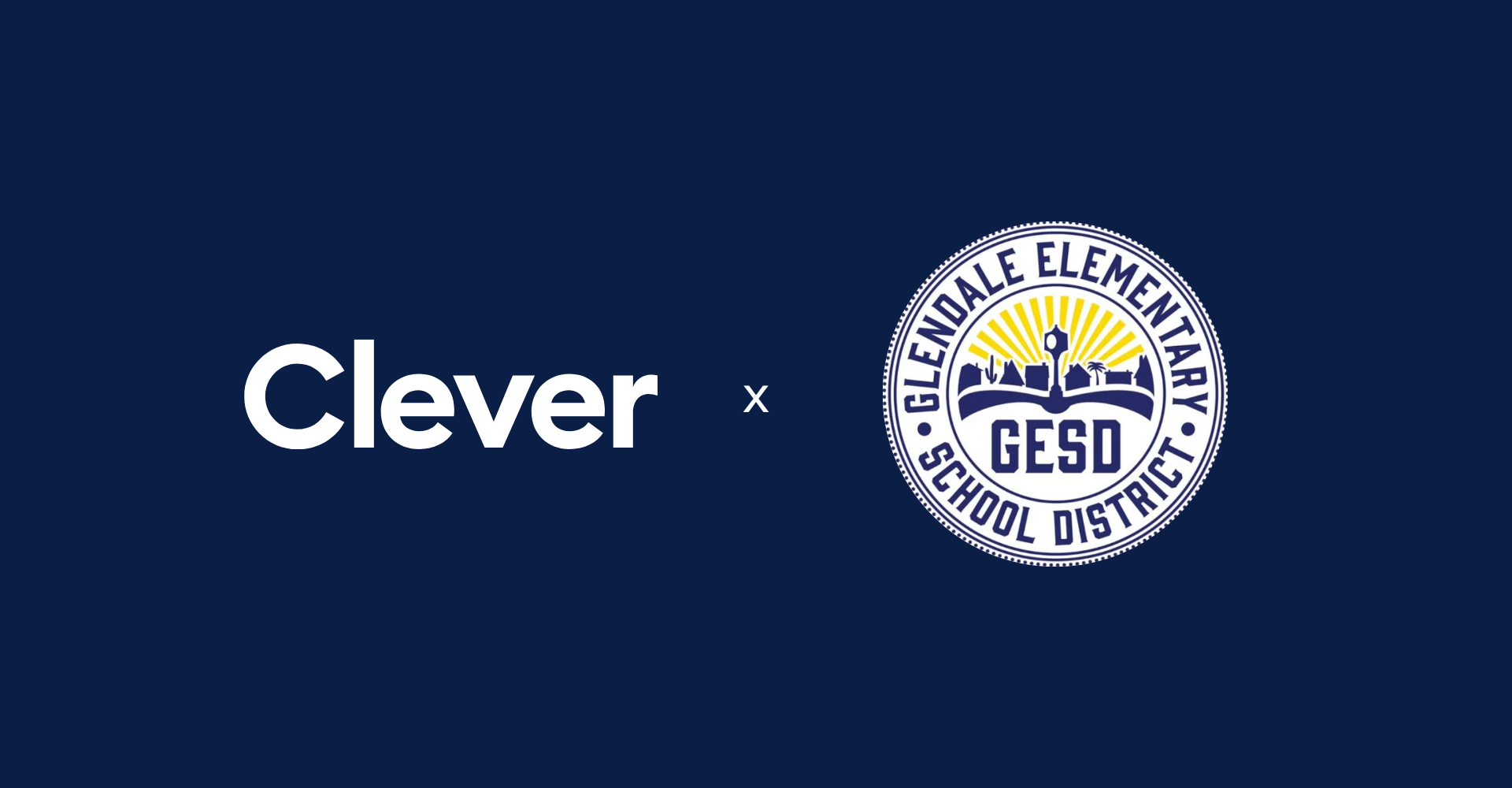5 steps to protect student data privacy
As schools increasingly integrate technology and learning, the responsibility to safeguard sensitive information grows exponentially. Educators and administrators face the dual challenge of harnessing the benefits of engaging with edtech while ensuring the privacy and security of their students’ data.
The stakes are high, as student data breaches can have far-reaching consequences. Exposed personal information can deeply affect students and their families, disrupt educational activities, result in costly downtimes, and, sometimes, even cause permanent closures.
However, protecting student data privacy goes beyond preventing breaches; it’s about creating a secure environment where students can focus on learning.
In this article, we’ll outline five essential steps schools can take to boost their data security and privacy practices. By adopting these strategies, schools can not only safeguard sensitive information but also build a robust educational framework that supports safe and engaging learning experiences for everyone.
1. Understand regulations and create comprehensive policies
As technology continues to advance, so do the regulations governing student data privacy. There are several key legislations that have set the groundwork for what educational institutions must adhere to when handling personal information. These include:
- Family Educational Rights and Privacy Act (FERPA) protects student records by allowing parents to access and limiting disclosure without consent.
- Children’s Internet Protection Act (CIPA) requires K-12 schools to implement internet safety measures, such as filters, to receive federal funding.
- Children’s Online Privacy Protection Act (COPPA) requires websites and online services to get parental consent before collecting personal data.
- Protection of Pupil Rights Amendment (PPRA) sets limits on the collection of student information for surveys or studies funded by the U.S. Department of Education.
Understanding these laws and keeping up with best practices is just the start. School districts need to actively monitor for any changes that may affect their practices. Creating a robust data privacy policy is an essential step in safeguarding student information. These policies should:
- Comprehensively outline how data is collected, stored, used, and shared
- Align with both U.S. federal laws and international regulations (such as GDPR if applicable)
- Provide stringent data security measures such as encryption and access controls
- Designate a privacy officer to oversee compliance
- Establish plans for regular audits and breach response procedures
2. Map your data and risks
Knowing the full scope of data your school collects is critical in maintaining a secure educational environment. It’s important to identify where this data is kept, whether in computer systems, cloud storage, or even on physical devices, and to understand how this information flows and who can access it.
This thorough mapping isn’t just a legal requirement; it’s a proactive step towards preventing data-related issues, such as:
- Data breaches
- Oversharing/Unauthorized disclosure
- Lack of access controls
- Data retention issues
- Inadequate security
By carefully managing how student data is handled—making sure everyone knows their role in protecting this information and using strict controls and regular audits—schools can greatly improve the safety and trustworthiness of your data environment.
3. Choose vendors that focus on data security
As we continue to integrate more technology into the classroom to improve learning outcomes, it’s more important than ever to make sure the vendors your school partners with really care about keeping student data safe.
Evaluate their commitment by reviewing:
- Their privacy policies and security measures to confirm they handle and protect data responsibly.
- Their compliance with relevant regulations to verify if they adhere to legal standards like FERPA, COPPA, and GDPR if applicable.
- Their commitment to continuous improvement in security practices.
For more detailed information on selecting technology providers for your school and ensuring they meet high cybersecurity standards, take a look at our full guide: How to Select Edtech Vendors with a Cybersecurity Focus.
While this process might be a bit time-consuming, it’s important to ensure that students’ educational experiences are both enriching and secure. That’s why we, at Clever, are committed to simplifying student data privacy and security for schools.
By using tools like Secure Sync Rostering and Clever Library, schools can minimize the risk associated with data sharing. These tools help schools control the student data shared with each educational app vendor, provide a central location to handle all student information and class rosters, and (thanks to Clever’s minimum data sharing philosophy) ensure only the necessary data is shared in the first place.

4. Implement robust technical safeguards to protect student data
Keeping student data safe means getting the basics right. This starts with ensuring that only the right people can access sensitive information. This isn’t just about making things complicated; it’s about adding layers that make it really tough for bad actors to get in. Some of the quickest ways to boost your school’s security posture are:
- Implement strong password policies
- Use multi-factor authentication
- Secure all your devices by regularly updating software, using reliable antivirus programs, and making sure the settings on each device protect against unauthorized access
It’s also important to plan for the unexpected. Having backup systems and a solid plan to recover data quickly after any loss or breach can make a huge difference in minimizing downtime and maintaining trust.
To help schools manage these challenges, Clever offers effective cybersecurity tools that are free or low-cost. Our solutions are designed to be easy to use, so schools can focus on what’s most important—teaching and learning.
If you’re looking to enhance your school’s security measures, you might find it useful to speak with a Clever cybersecurity specialist who can provide insights tailored to your specific needs. When you’re ready to get rolling, signing up for Clever is easy.
5. Educate your community and train staff
A comprehensive approach to student data privacy extends beyond policies and technology—it involves everyone in the educational community. Each and every person who accesses and uses the digital resources in the school system has a responsibility to use these tools ethically. This is often referred to as digital citizenship, a concept that plays a pivotal role in maintaining a secure and respectful online environment.
For students, this involves learning how to:
- Effectively and appropriately use, evaluate, and communicate with digital tools
- Recognize cyber threats
- Protect their personal information
- Conduct themselves respectfully in digital environments
For staff, this means engaging in regular training sessions and awareness campaigns that not only update them on the latest data security practices and compliance requirements but also enhance their capacity to handle the digital tools responsibly. Practical training helps them navigate potential privacy scenarios they might encounter, ensuring they are well-prepared to protect both themselves and their students.
Above all, it’s important for schools to maintain transparency with guardians about the data privacy practices and tools in use. Clever’s parent portal, for example, provides an excellent platform for this transparency, enabling parents to see firsthand the measures in place to protect their children’s data.
By educating students and staff on these principles, schools empower their communities to contribute actively to data privacy and security, while promoting a positive and inclusive digital culture.
While districts can implement many of these measures on their own, they don’t have to navigate these challenges alone. Clever’s tools and resources are specifically designed to support schools in these endeavors, simplifying the process of safeguarding student data and promoting digital citizenship.
We invite school administrators to explore how Clever can support their efforts to protect student data privacy. To learn more about our solutions or to schedule a consultation, visit our Contact a Specialist page. For those ready to take the next step in securing their digital environments, sign up at Clever District Signup. Together, we can ensure a secure and positive digital learning experience for every student.

More to read

April 14, 2025
Clever Substitute Access: Secure learning continues even when teachers are outDigital learning gives teachers and students many exciting ways to engage and learn. But what happens when a teacher is absent and a substitute is in charge?

February 14, 2025
Securing Student Accounts: An Arizona District’s MFA Success PlaybookWith rising cyber threats on student accounts, AZ district develops a plan to protect student accounts with classroom-friendly MFA and has a smooth rollout.

February 14, 2025
Boston Public Schools enhances security and efficiency with Clever IDMBoston Public Schools tackles digital access challenges: A critical upgrade to password management for 50,000 students

















